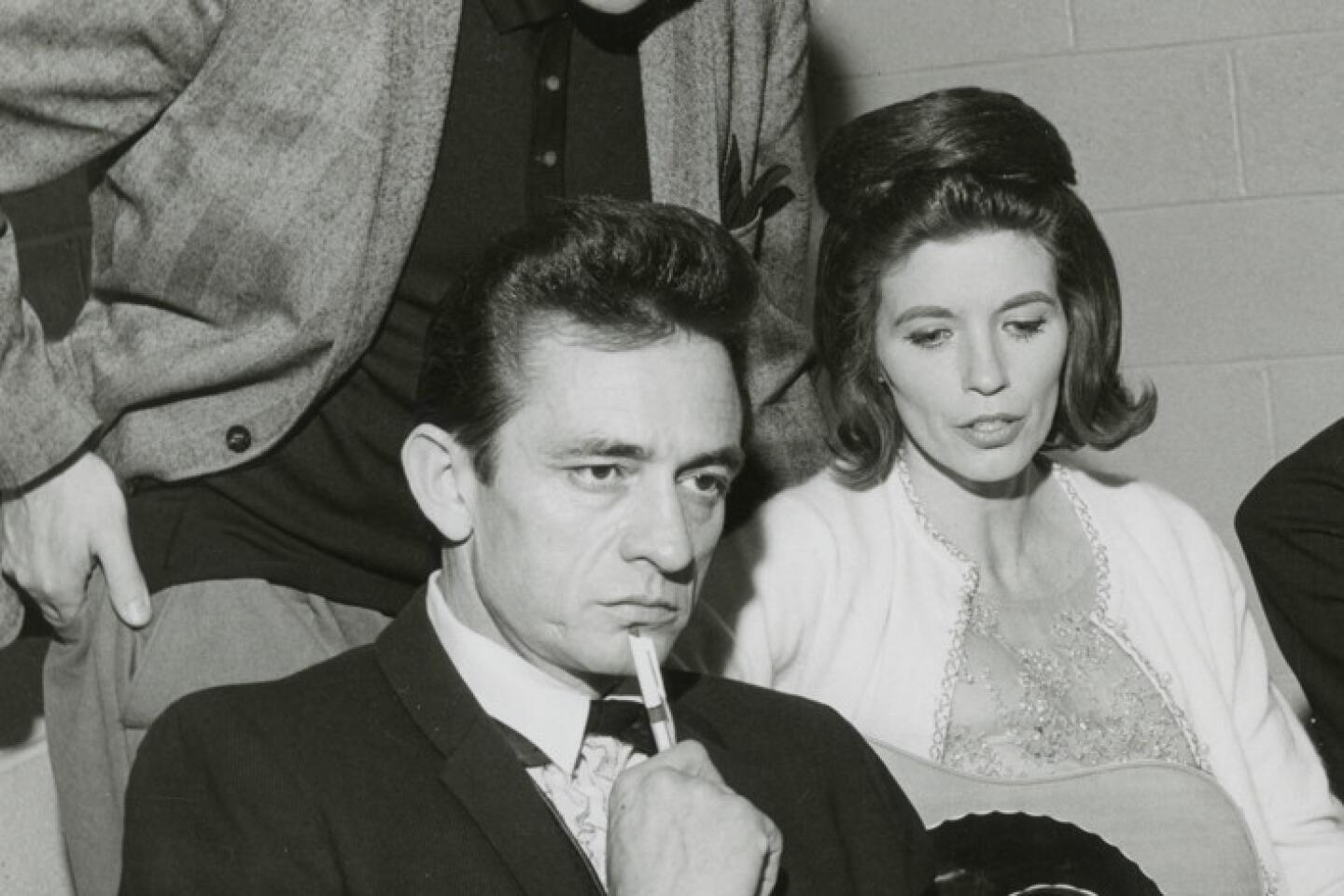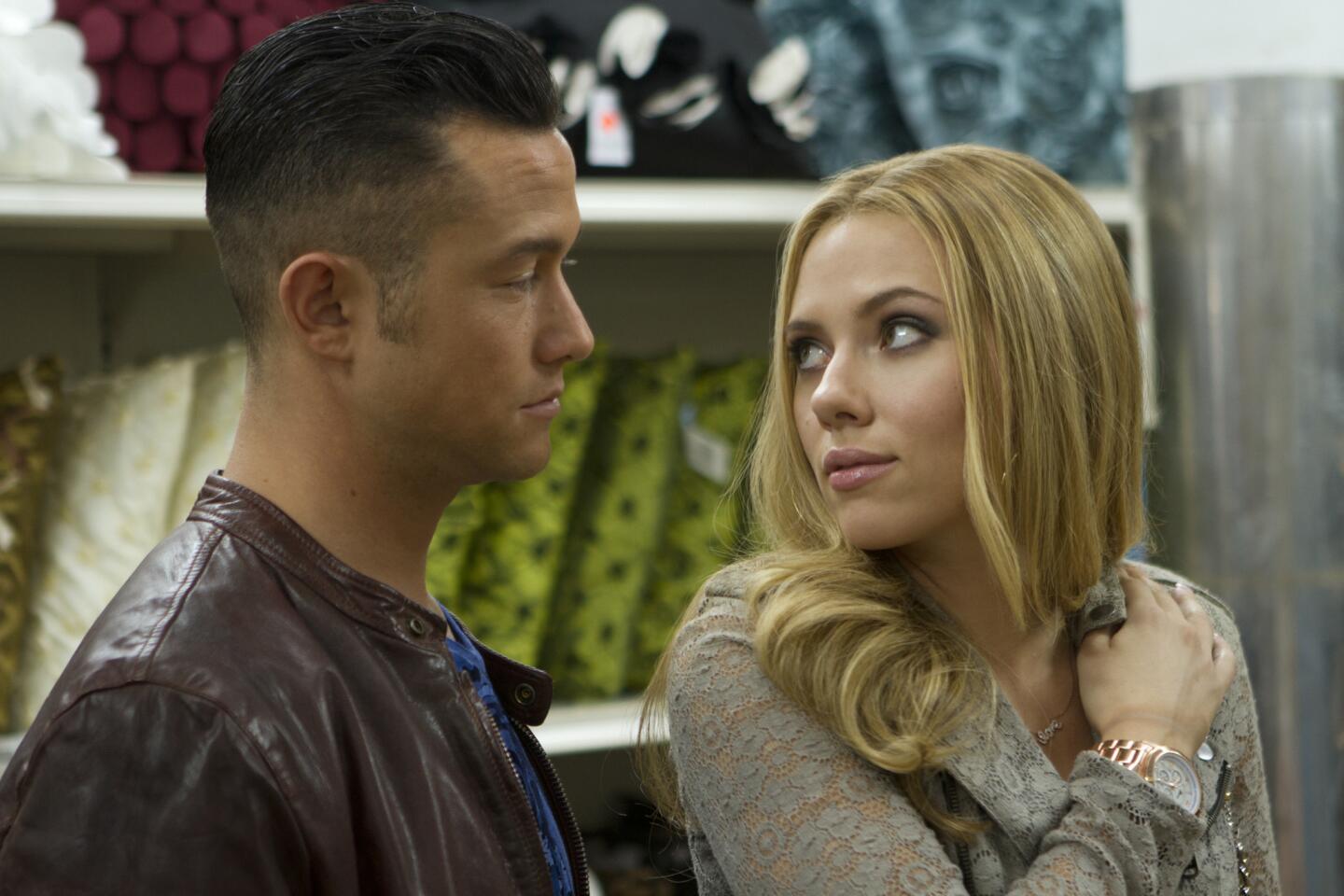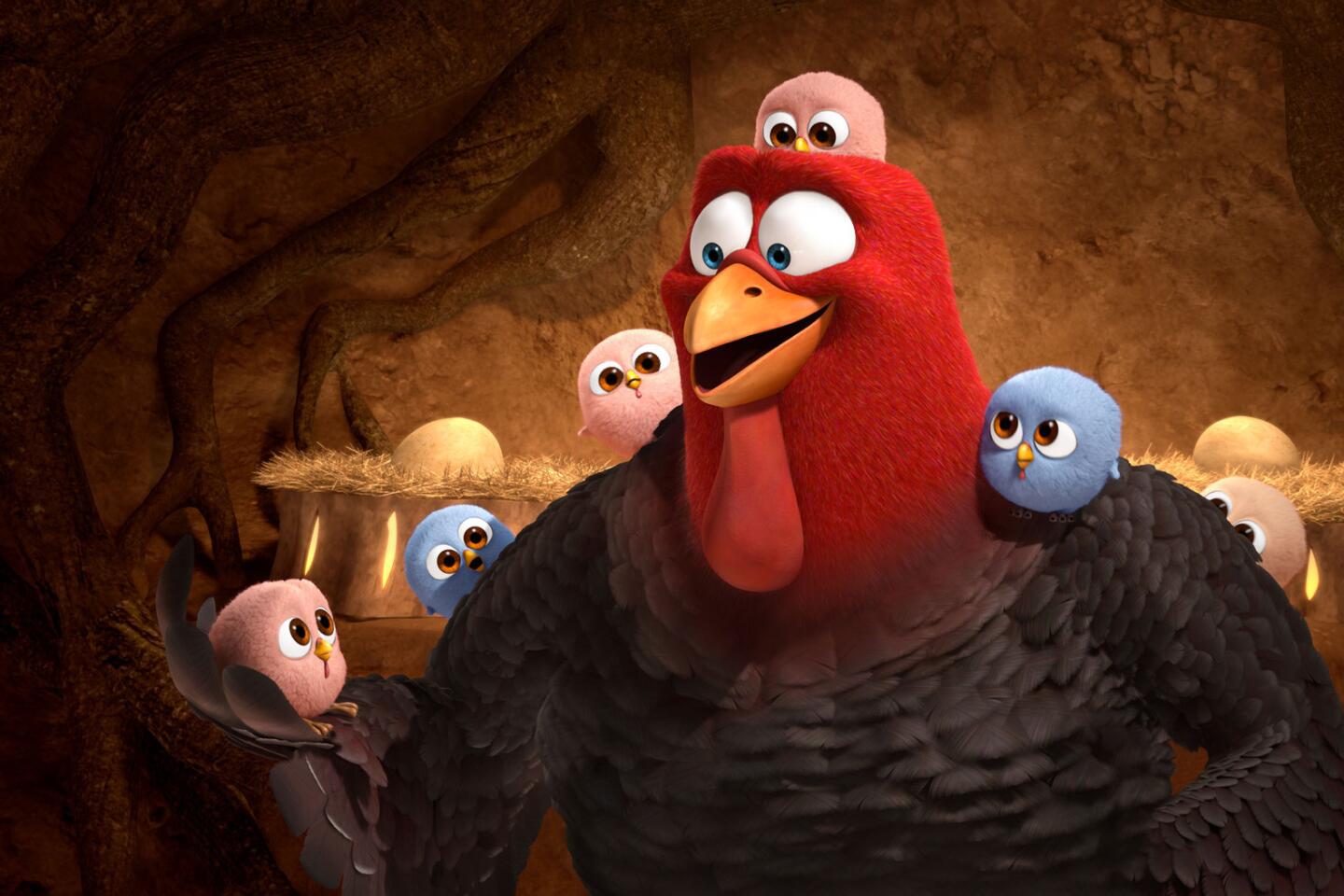Bill Condon on giving life to the online world of ‘The Fifth Estate’
In “All the President’s Men” — arguably the most exciting movie made about 20th century journalism — Dustin Hoffman and Robert Redford track down leads in a busy newsroom, pore over White House records in an elegant library and meet with secret sources in shadowy spaces.
In “The Fifth Estate” — an upcoming movie about 21st century journalism — Benedict Cumberbatch and Daniel Bruhl perform those very same tasks, all from behind computer screens.
For the thriller’s director, Bill Condon, the task at hand was how to bring tension and style to a modern newsroom tale that unfolds primarily in a digital space.
“The mood of ‘All the President’s Men,’ that sense of paranoia and dread that fills every frame of that movie — that was something we wanted a contemporary version of,” said Condon, who also directed “Kinsey,” “Dreamgirls” and the final two “Twilight” movies. “But it’s so much about two guys staring at laptops. We had to create a visual language to express how they communicate.”
In “The Fifth Estate,” Cumberbatch plays charismatic WikiLeaks founder Julian Assange and Bruhl the online news organization’s level-headed spokesman Daniel Domscheit-Berg during the days when WikiLeaks grew from a small whistle-blower platform to the site of the largest leak of classified information in U.S. history. Based on a script by “West Wing” writer Josh Singer, the movie is scheduled to open the Toronto International Film Festival on Thursday before its wide release Oct. 18.
Together with his cinematographer, Tobias A. Schliessler, and production designer Mark Tildesley, Condon used an old-school combination of lighting and sets to make the virtual world of WikiLeaks a cinematic one.
SNEAKS: Movie trailers, full coverage
In one crucial scene, when Assange reveals the inner workings of WikiLeaks to Domscheit-Berg during an online chat, the crew projected the text the actors were typing directly from their computers onto their faces. Assange’s words stream across the screen in blue text, Domscheit-Berg’s in green.
“It’s a very intimate moment,” Condon said. “Tobias fooled around with the idea of the text coming off the screen and enveloping them, of two people caught up in conversation. The movie demands that you pay attention. Who goes to a movie to read? Making that interesting visually is the challenge.”
To approximate the virtual newsroom where Assange worked, they built a real office set inspired by the 1960 black-and-white film “The Apartment,” where Jack Lemmon’s character toils under banks of fluorescent lights, among dozens of people at identical desks. In Assange’s Internet office in “The Fifth Estate,” rows of retro-style desks with rotary phones and cardboard boxes marked “classified” continue on to infinity, fluorescent lights hang from the cloudy sky, all achieved with the help of a green screen.
PHOTOS: Celebrities by The Times
“We spent endless hours discussing how to physicalize this,” Condon said. “It is a very fanciful idea in the middle of a very realistic movie so it had to fit into the fabric of the movie. But at the same time it was one of the things that was gonna separate this movie from the TV and film documentaries about the subject, something to tell you you’re in a more subjective world.”
More to Read
Only good movies
Get the Indie Focus newsletter, Mark Olsen's weekly guide to the world of cinema.
You may occasionally receive promotional content from the Los Angeles Times.











